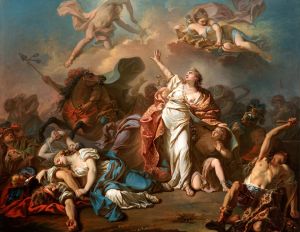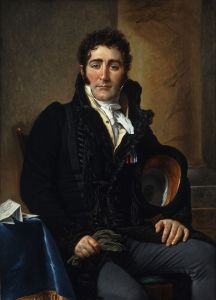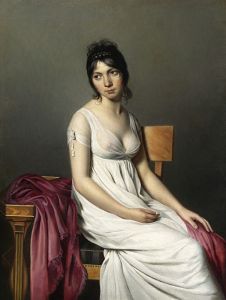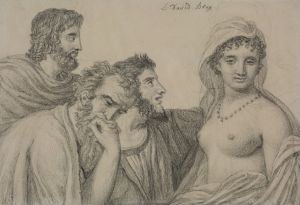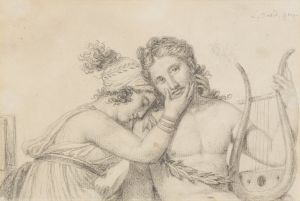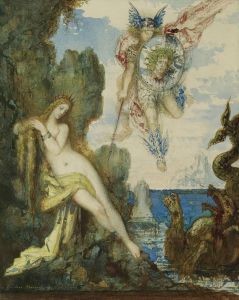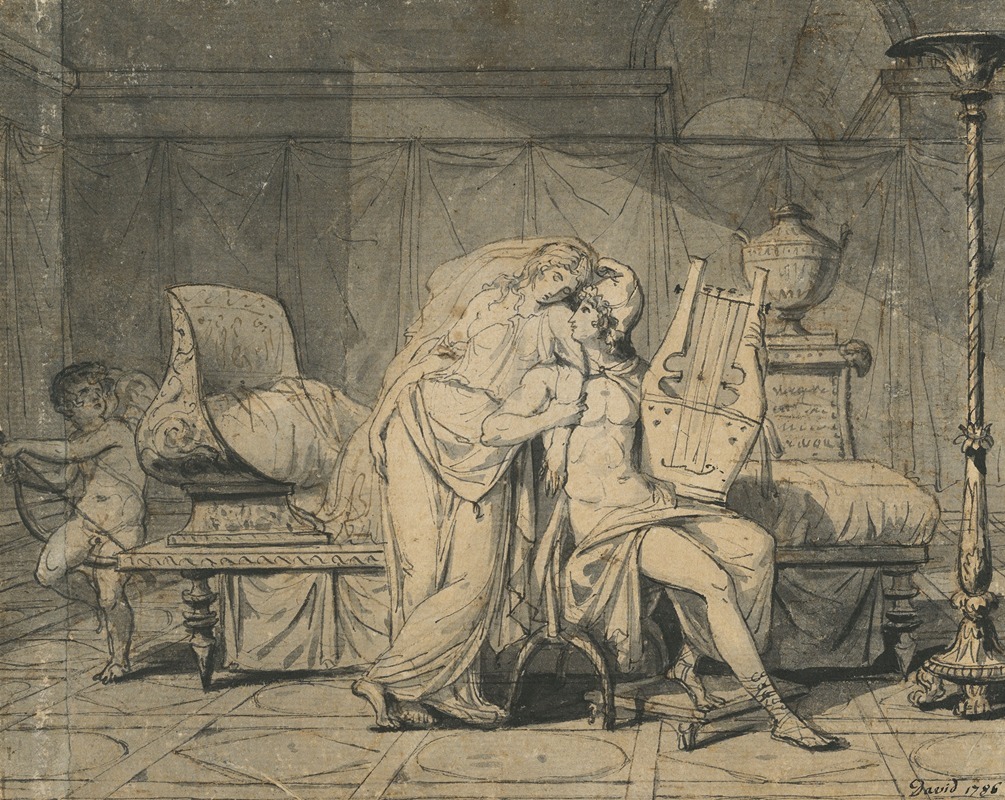
Paris and Helen
A hand-painted replica of Jacques Louis David’s masterpiece Paris and Helen, meticulously crafted by professional artists to capture the true essence of the original. Each piece is created with museum-quality canvas and rare mineral pigments, carefully painted by experienced artists with delicate brushstrokes and rich, layered colors to perfectly recreate the texture of the original artwork. Unlike machine-printed reproductions, this hand-painted version brings the painting to life, infused with the artist’s emotions and skill in every stroke. Whether for personal collection or home decoration, it instantly elevates the artistic atmosphere of any space.
"Paris and Helen" is an oil painting created by the renowned French artist Jacques-Louis David in 1788. David, a prominent figure in the Neoclassical movement, is best known for his historical and mythological subjects, and this painting is a testament to his mastery in depicting classical themes with a refined sense of style and composition.
The painting illustrates a scene from Greek mythology, focusing on the figures of Paris, the Trojan prince, and Helen, the queen of Sparta. According to myth, Helen's abduction by Paris led to the Trojan War, one of the most famous conflicts in ancient literature, primarily recounted in Homer's "Iliad." David's work captures a moment of intimacy and romance between the two figures, emphasizing the allure and beauty that Helen was famed for, as well as the youthful charm of Paris.
In "Paris and Helen," David employs a classical composition, drawing inspiration from ancient Greek and Roman art. The figures are depicted with idealized proportions and serene expressions, characteristic of Neoclassical aesthetics. The painting's background is relatively simple, focusing the viewer's attention on the interaction between the two central figures. David's use of soft, harmonious colors and delicate lighting enhances the romantic and tranquil atmosphere of the scene.
The artwork reflects David's interest in classical antiquity, which was a significant influence on his work throughout his career. This interest was part of a broader cultural movement in the late 18th century, where artists and intellectuals sought to revive the ideals and aesthetics of ancient Greece and Rome. David's meticulous attention to detail and his ability to convey emotion through composition and form are evident in this painting.
"Paris and Helen" is housed in the Louvre Museum in Paris, where it is part of the museum's extensive collection of European paintings. The Louvre, one of the world's largest and most visited museums, is home to many of David's works, including his famous "The Death of Socrates" and "The Coronation of Napoleon." The presence of "Paris and Helen" in such a prestigious institution underscores its importance as a work of art and its contribution to the legacy of Jacques-Louis David.
David's portrayal of Paris and Helen not only highlights his technical skill but also his ability to interpret and convey complex narratives through visual art. The painting remains a significant example of Neoclassical art, illustrating the enduring appeal of classical themes and the timeless nature of mythological storytelling. Through "Paris and Helen," David invites viewers to explore the intersection of history, myth, and art, offering a glimpse into the cultural and artistic values of his time.





